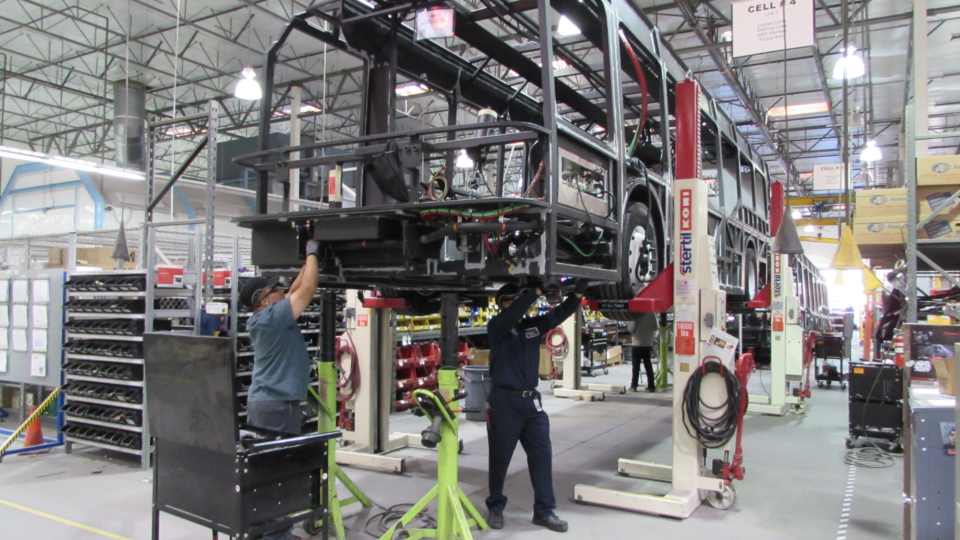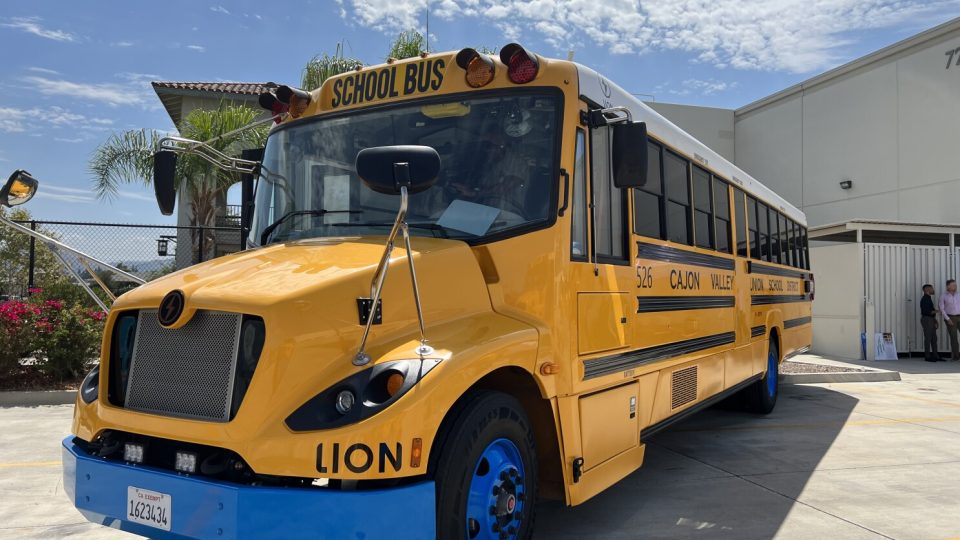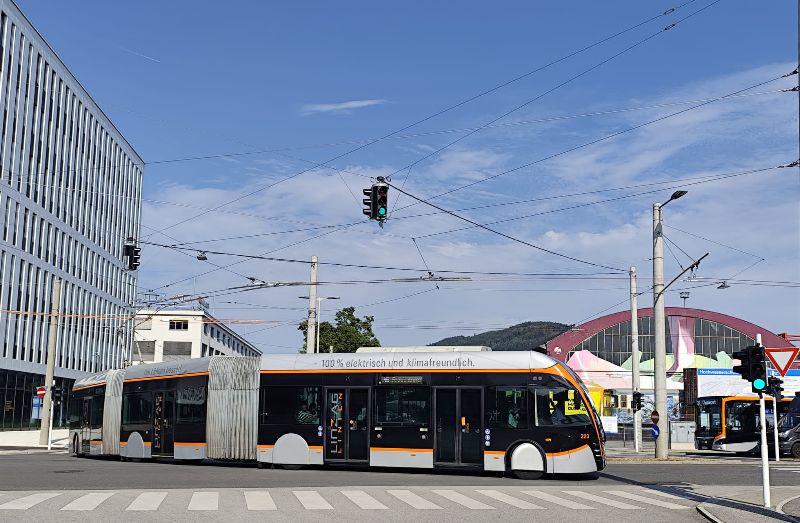Bakersfield to have 5 fuel cell buses in operation for Golden Empire Transit
In Bakersfield, California, Golden Empire Transit District (GET) will roll out five hydrogen buses. The investment has been deliberated by the Board of Directors and pushes GET forward in compliance with the California Air Resource Board (CARB) regulation. Today Golden Empire Transit District operates only CNG-powered buses. Approved in late 2019, CARB requires public transit agencies throughout the […]
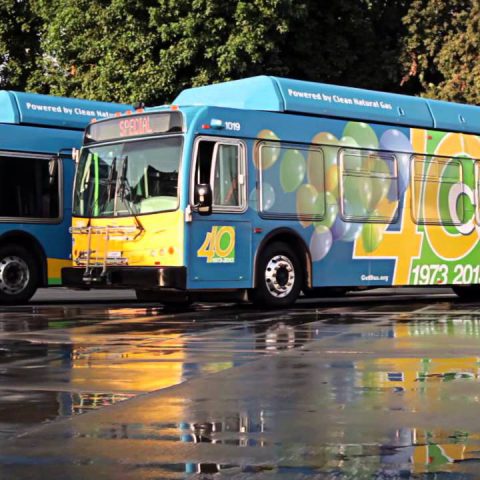
In Bakersfield, California, Golden Empire Transit District (GET) will roll out five hydrogen buses. The investment has been deliberated by the Board of Directors and pushes GET forward in compliance with the California Air Resource Board (CARB) regulation. Today Golden Empire Transit District operates only CNG-powered buses.
Approved in late 2019, CARB requires public transit agencies throughout the state to commit to buying only zero-emission buses (battery electric or fuel cell) starting in 2029. A move that makes particularly sense, given the fact that California is the US leader in electricity generation from non-hydroelectric renewable energy source(geothermal, wind, solar).
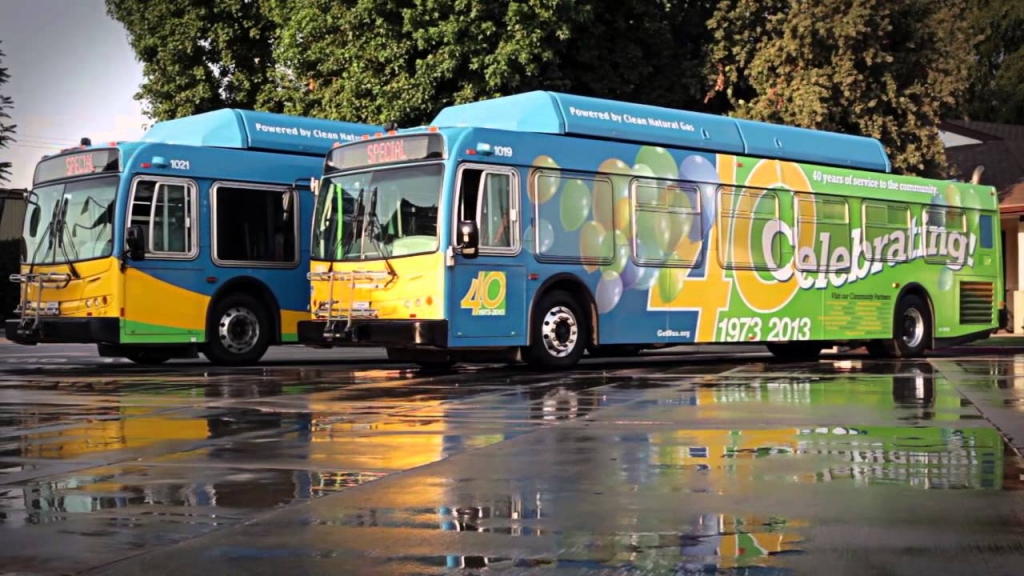
Golden Empire Transit District to procure five fuel cell buses
The Board approved the purchase of five 40-foot (12-meter) hydrogen-fueled buses using Federal funding. The new buses will replace the 2009 buses that are nearing the end of their useful service life as defined by the FTA.
This purchase, GET points out, will serve as a guide for the implementation of the Zero Emission Bus Plan. The public transport company serves the Bakersfield Urbanized Area, 150 km north from Los Angeles. It has a fleet of 88 compressed natural gas on 16 routes. In addition, GET operates 25 compressed natural gas GET-A-Lift buses and 7 microtransit RYDE shuttles.
“A cleaner transit future is well under way at GET,” said the CEO of Golden Empire Transit District Karen King.
Hydrogen buses gaining ground in California
Hydrogen buses are gaining ground in California, although we are still talking about very small numbers. But the trend shows an acceleration.
An hydrogen bus fleet, for instance, is beginning operation with the livery of Orange County Transportation Authority (OCTA) in Santa Ana, some 200 km south from Bakersfield. The vehicles, model New Flyer Xcelsior CHARGE H2, were delivered in January 2020 following the order signed in early 2018. The vehicle was announced to have completed Altoona Test in March 2019. Also the largest US hydrogen fueling station for public transport was presented.



